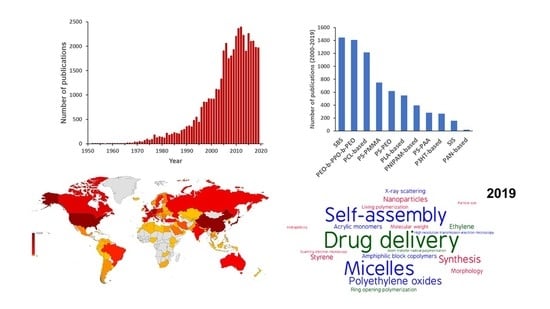A Global View on Block Copolymers
Abstract
:1. Introduction
2. Methods
3. Results
3.1. Evolution of the Scientific Output and Impact
3.2. Geographical Distribution of Publications
3.3. Journals
3.4. Keywords and Block Copolymer Types
4. Conclusions and Outlook
- (1)
- After the first 20 years with just a few publications per year on block copolymers, and then a slow increase of their number until 1992, the interest grew rapidly in the following decades, reaching a maximum of ca. 2300 publications in 2012. The years between 2013 and 2019, with a constant production of around 2000 documents per year, suggests the achievement of a maturity level (Figure 1).
- (2)
- As common in many fields, original articles were by far the most common type of publications (85.3%) (Figure 2), and English was the predominant language used in 93.9% of documents. Nevertheless, Chinese and Japanese were used in 2.2% and 2.0% of documents, respectively, suggesting the strong interest of China and Japan for block copolymer research.
- (3)
- The top 15 institutions are mainly from the United States, China and Japan; apart from some large national agencies, the Tokyo Institute of Technologies was the most productive institution (Figure 3). Only a small number of companies, mainly from the United States, appear amongst the most relevant institutions. The analysis of publications by country indicates the overall leading position of the United States, accounting for more than one-fourth of documents. After a very long time with the United States dominating the block copolymer research, in the last years, other countries with superior potential became the centers of much greater communities of countries (Figure 7) that show a higher level of international collaboration. In 2019, the Unites States and China were the dual center of the sector, with Japan, South Korea, and Germany occupying the secondary positions.
- (4)
- Macromolecules is the journal that published the highest number of block copolymer-related documents and continuously occupied the first position in the last 30 years (Figure 8). Other journals that contributed to the growth of interest for the field are Polymer, Journal of Polymer Science Part A: Polymer Chemistry, Macromolecular Chemistry and Physics, Macromolecular Rapid Communications, and European Polymer Journal, and, in the recent years, Polymer Chemistry or the open access journal Polymers, as well as the materials journals Langmuir and Soft Matter.
- (5)
- The analysis of the top 15 keywords indicated that approximately one-third of publications concerned synthesis (with a special mention for atom transfer radical polymerization) (Figure 9), around 20% mentioned aspects regarding molecular and structural characterization techniques, another 20% explored self-assembly, phase separation, and other morphological aspects, and around 9% investigated hydrophobicity and hydrophilicity. In addition, the keywords ‘micelles’ and ‘nanoparticles’ account for 20.4% of documents; also, the strictly related term ‘polyethylene oxides’, mostly referring to their application in solution, was used in another 20% of publications.The changes in the focus of block copolymer research could be envisaged from the evolution of keywords (word clouds in Figure 10). During the first 25 years, investigations mostly concerned essential aspects, and also until the end of the 1990s, the most common keywords were those related to synthesis and basic molecular and structural characterization, being ‘styrene’, ‘butadiene’, and later ‘polystyrenes’ and ‘polymethyl methacrylates’, the most common references to specific block copolymers. In 2009, block copolymers in solution, through the keywords ‘micelles’, ‘drug delivery’, and ‘polyethylene oxides’, focused the attention of the research community, as well as did new types of polymerization techniques. The last analyzed year, i.e., 2019, confirmed the expansion of studies related to drug delivery and, to a minor extent, to a deeper view of self-assembly processes, also through the new developments of specific characterization techniques (X-ray diffraction, electron microscopies, etc.).
- (6)
- The most representative block copolymer types found in publications since 2000 range from the most commonly used SBS to the peculiar block copolymers based on PNIPAM (thermoresponsive systems), P3HT (application in photovoltaics), and PAN (nanostructured carbon precursor), through the commercial Pluronic© family and other amphiphilic copolymers as those based on PCL and PLA (applications as delivery vehicles) (Figure 11). The success of other PS-based copolymers lay in their use as model systems (in particular PS-PAA and PS-PMMA diblock copolymers) or for the fabrication of nanomaterials (again PS-PMMA, and also PS-PEO), the latest application essentially due to their easy self-assembly in thin films to form ordered nanostructures with controlled orientation. With respect to the identification of growing trends, both Pluronic© and especially the industrial SBS, showed a renewed appealing, possibly associated to their easy availability and widespread field of application.
Author Contributions
Funding
Conflicts of Interest
References
- Hamley, I.W. The Physics of Block Copolymers; Oxford University Press: Oxford, UK, 1998. [Google Scholar]
- Fasolka, M.J.; Mayes, A.M. Block Copolymer Thin Films: Physics and Applications. Annu. Rev. Phys. Chem. 2001, 31, 323–355. [Google Scholar] [CrossRef] [Green Version]
- Rodríguez-Hernández, J.; Chécot, F.; Gnanou, Y.; Lecommandoux, S. Toward ‘Smart’ Nano-objects by Self-assembly of Block Copolymers in Solution. Progr. Polym. Sci. 2005, 30, 691–724. [Google Scholar] [CrossRef]
- Feng, H.; Lu, X.; Wang, W.; Kang, N.-G.; Mays, J.W. Block Copolymers: Synthesis, Self-Assembly, and Applications. Polymers 2017, 9, 494. [Google Scholar] [CrossRef] [PubMed]
- Schmidt, B.V.K.J. Double Hydrophilic Block Copolymer Self-Assembly in Aqueous Solution. Macromol. Chem. Phys. 2018, 219, 1700494. [Google Scholar] [CrossRef]
- Lodge, T.P. Block Copolymers: Long-Term Growth with Added Value. Macromolecules 2020, 53, 2–4. [Google Scholar] [CrossRef]
- Feynman, R.P. There’s Plenty of Room at the Bottom. Eng. Sci. 1960, 23, 22–36. [Google Scholar]
- Szwarc, M.; Levy, M.; Milkovich, R. Polymerization Initiated by Electron Transfer to Monomer. A New Method of Formation of Block Polymers. J. Am. Chem. Soc. 1956, 78, 2656–2657. [Google Scholar] [CrossRef]
- Szwarc, M. ‘Living’ Polymers. Nature 1956, 178, 1168–1169. [Google Scholar] [CrossRef]
- Moher, D.; Shamseer, L.; Clarke, M.; Ghersi, D.; Liberati, A.; Petticrew, M.; Shekelle, P.; Stewart, L.A. Preferred Reporting Items for Systematic Review and Meta-analysis protocols (PRISMA-P) 2015 statement. Syst. Rev. 2015, 4, 1. [Google Scholar] [CrossRef] [Green Version]
- VOSviewer. Available online: https://www.vosviewer.com (accessed on 28 February 2020).
- Word Art. Available online: https://www.wordart.com (accessed on 28 February 2020).
- Dunn, A.; Melville, H. Synthesis of ‘Block’ Copolymers. Nature 1952, 169, 699–700. [Google Scholar] [CrossRef]
- Bradford, E.B.; McKeever, L.D. Block Copolymers. Progr. Polym. Sci. 1971, 3, 109–143. [Google Scholar] [CrossRef]
- Zhao, D.; Feng, J.; Huo, Q.; Melosh, N.; Fredrickson, G.H.; Chmelka, B.F.; Stucky, G.D. Triblock Copolymer Syntheses of Mesoporous Silica with Periodic 50 to 300 Angstrom Pores. Science 1998, 279, 548–552. [Google Scholar] [CrossRef] [PubMed] [Green Version]
- Leibler, L. Theory of Microphase Separation in Block Copolymers. Macromolecules 1980, 13, 1602–1617. [Google Scholar] [CrossRef]
- Bates, F.S.; Fredrickson, G.H. Block Copolymer Thermodynamics: Theory and Experiment. Annu. Rev. Phys. Chem. 1990, 41, 525–557. [Google Scholar] [CrossRef] [PubMed]
- Fredrickson, G. The Equilibrium Theory of Inhomogeneous Polymers; Oxford University Press: Oxford, UK, 2007. [Google Scholar]
- Hamley, I. Block Copolymers in Solution: Fundamentals and Applications; John Wiley & Sons: Chichester, UK, 2005. [Google Scholar]
- Lazzari, M.; Liu, G.; Lecommandoux, S. (Eds.) Block Copolymers in Nanoscience; Wiley-VCH: Weinheim, Germany, 2006. [Google Scholar]
- Yu, H.; Ikeda, T. Photocontrollable Liquid-crystalline Actuators. Adv. Mater. 2011, 23, 2149–2180. [Google Scholar] [CrossRef]
- Zhou, S.; Deng, X.; Yang, H. Biodegradable Poly(ε-caprolactone)-poly(ethylene glycol) Block Copolymers: Characterization and their Use as Drug Carriers for a Controlled Delivery System. Biomaterials 2003, 24, 3563–3570. [Google Scholar] [CrossRef]
- Wu, D.; Xu, F.; Sun, B.; Fu, R.; He, H.; Matyjaszewski, K. Design and preparation of porous polymers. Chem. Rev. 2012, 112, 3959–4015. [Google Scholar] [CrossRef]
- Bouchet, R.; Maria, S.; Meziane, R.; Aboulaich, A.; Lienafa, L.; Bonnet, J.-P.; Phan, T.N.T.; Bertin, D.; Gigmes, D.; Devaux, D.; et al. Single-ion BAB Triblock Copolymers as Highly Efficient Electrolytes for Lithium-metal Batteries. Nat. Mater. 2013, 12, 452–457. [Google Scholar] [CrossRef]
- Hashimoto, T.; Shibayama, M.; Kawai, H. Domain-Boundary Structure of Styrene-isoprene Block Copolymer Films Cast from Solution. 4. Molecular-Weight Dependence of Lamellar Microdomains. Macromolecules 1980, 13, 1237–1247. [Google Scholar] [CrossRef]
- Gref, R.; Minamitake, Y.; Peracchia, M.T.; Trubetskoy, V.; Torchilin, V.; Langer, R. Biodegradable Long-circulating Polymeric Nanospheres. Science 1994, 263, 1600–1603. [Google Scholar] [CrossRef] [PubMed] [Green Version]
- Husseman, M.; Malmström, E.E.; McNamara, M.; Mate, M.; Mecerreyes, D.; Benoit, D.G.; Hedrick, J.L.; Mansky, P.; Huang, E.; Russell, T.P.; et al. Controlled Synthesis of Polymer Brushes by “Living” Free Radical Polymerization Techniques. Macromolecules 1999, 32, 1424–1431. [Google Scholar] [CrossRef]
- Wan, Y.; Zhao, D. On the Controllable Soft-templating Approach to Mesoporous Silicates. Chem. Rev. 2007, 107, 2821–2860. [Google Scholar] [CrossRef]
- Zhulina, E.B.; Adam, M.; Larue, I.; Sheiko, S.S.; Rubinstein, M. Diblock Copolymer Micelles in a Dilute Solution. Macromolecules 2005, 38, 5330–5351. [Google Scholar] [CrossRef]
- Kataoka, K.; Harada, A.; Nagasaki, Y. Block Copolymer Micelles for Drug Delivery: Design, Characterization and Biological significance. Adv. Drug Deliv. Rev. 2001, 47, 113–131. [Google Scholar] [CrossRef]
- Xu, X.; Zhuang, X.; Chen, X.; Wang, X.; Yang, L.; Jing, X. Preparation of Core-sheath Composite nanofibers by Emulsion Electrospinning. Macromol. Rapid Commun. 2006, 27, 1637–1642. [Google Scholar] [CrossRef]
- Coates, G.W.; Hustad, P.D.; Reinartz, S. Catalysts for the Living Insertion Polymerization of Alkenes: Access to New Polyolefin Architectures using Ziegler-Natta Chemistry. Angew. Chem. Int. Ed. 2002, 41, 2236–2257. [Google Scholar] [CrossRef]
- Ge, Z.; Liu, S. Functional Block Copolymer Assemblies Responsive to Tumor and Intracellular Microenvironments for Site-specific Drug Delivery and Enhanced Imaging Performance. Chem. Soc. Rev. 2013, 42, 7289–7325. [Google Scholar] [CrossRef]
- Maria Chong, A.S.; Zhao, X.S. Functionalization of SBA-15 with APTES and Characterization of Functionalized Materials. J. Phys. Chem. B 2003, 107, 12650–12657. [Google Scholar] [CrossRef]
- Teyssié, P.H. Controlled Radical Polymerization of Methacrylic Monomers in the Presence of a Bis(ortho-chelated) arylnickel(II) Complex and Different Activated Alkyl Halides. Macromolecules 1996, 29, 8576–8582. [Google Scholar]
- Hoeben, F.J.M.; Jonkheijm, P.; Meijer, E.W.; Schenning, A.P.H.J. About Supramolecular Assemblies of π-conjugated Systems. Chem. Rev. 2005, 105, 1491–1546. [Google Scholar]
- Napoli, A.; Valentini, M.; Tirelli, N.; Müller, M.; Hubbell, J.A. Oxidation-responsive Polymeric Vesicles. Nat. Mater. 2004, 3, 183–189. [Google Scholar] [CrossRef] [PubMed]
- Hadjichristidis, N.; Pitsikalis, M.; Pispas, S.; Iatrou, H. Polymers with Complex Architecture by Living Anionic Polymerization. Chem. Rev. 2001, 101, 3747–3792. [Google Scholar] [CrossRef] [PubMed]
- Pedersen, J.S. Analysis of Small-angle Scattering Data from Colloids and Polymer Solutions: Modeling and Least-squares Fitting. Adv. Coll. Interf. Sci. 1997, 70, 171–210. [Google Scholar] [CrossRef]
- Kim, S.O.; Solak, H.H.; Stoykovich, M.P.; Ferrier, N.J.; De Pablo, J.J.; Nealey, P.F. Epitaxial Self-assembly of Block Copolymers on Lithographically Defined Nanopatterned Substrates. Nature 2003, 424, 411–414. [Google Scholar] [CrossRef] [PubMed]
- Matyjaszewski, K.; Miller, P.J.; Shukla, N.; Immaraporn, B.; Gelman, A.; Luokala, B.B.; Siclovan, T.M.; Kickelbick, G.; Valiant, T.; Hoffmann, H.; et al. Polymers at Interfaces: Using Atom Transfer Radical Polymerization in the Controlled Growth of Homopolymers and Block Copolymers from Silicon Surfaces in the Absence of Untethered Sacrificial Initiator. Macromolecules 1999, 32, 8716–8724. [Google Scholar] [CrossRef]
- Spatz, J.P.; Mössmer, S.; Hartmann, C.; Ziemann, P.; Möller, M.; Herzog, T.; Krieger, M.; Boyen, H.-G.; Kabius, B. Ordered Deposition of Inorganic Clusters from Micellar Block Copolymer Films. Langmuir 2000, 16, 407–415. [Google Scholar] [CrossRef]
- Du, J.; O’Reilly, R.K. Advances and Challenges in Smart and Functional Polymer Vesicles. Soft Matter 2009, 5, 3544–3561. [Google Scholar] [CrossRef]
- Jeong, B.; Bae, Y.H.; Lee, D.S.; Kim, S.W. Biodegradable Block Copolymers as Injectable Drug-delivery Systems. Nature 1997, 388, 860–862. [Google Scholar] [CrossRef]
- Zhang, L.; Eisenberg, A. Multiple Morphologies and Characteristics of ‘crew-cut’ Micelle-like Aggregates of Polystyrene-b-poly(acrylic acid) Diblock Copolymers in Aqueous Solutions. J. Amer. Chem. Soc. 1996, 118, 3168–3181. [Google Scholar] [CrossRef]
- Liang, C.; Li, Z.; Dai, S. Mesoporous Carbon Materials: Synthesis and Modification. Angew. Chem. Int. Ed. 2008, 47, 3696–3717. [Google Scholar] [CrossRef]
- Nie, Z.; Kumacheva, E. Patterning Surfaces with Functional Polymers. Nat. Mat. 2008, 7, 277–290. [Google Scholar] [CrossRef] [PubMed]
- Gil, E.S.; Hudson, S.M. Stimuli-responsive Polymers and their Bioconjugates. Progr. Polym. Sci. 2004, 29, 1173–1222. [Google Scholar] [CrossRef]
- Won, J.; Park, H.H.; Kim, Y.J.; Choi, S.W.; Ha, H.Y.; Oh, I.-H.; Kim, H.S.; Kang, Y.S.; Ihn, K.J. Fixation of Nanosized Proton Transport Channels in Membranes. Macromolecules 2003, 36, 3228–3234. [Google Scholar] [CrossRef]
- Airey, G.D. Rheological Properties of Styrene Butadiene Styrene Polymer Modified Road Bitumens. Fuel 2003, 82, 1709–1719. [Google Scholar] [CrossRef]
- Batrakova, E.V.; Kabanov, A.V. Pluronic Block Copolymers: Evolution of Drug Delivery Concept from Inert Nanocarriers to Biological Response Modifiers. J. Control. Release 2008, 130, 98–106. [Google Scholar] [CrossRef] [PubMed] [Green Version]
- Farokhzad, O.C.; Jon, S.; Khademhosseini, A.; Tran, T.-N.T.; LaVan, D.A.; Langer, R. Nanoparticle-aptamer Bioconjugates: A New Approach for Targeting Prostate Cancer Cells. Cancer Res. 2004, 64, 7668–7672. [Google Scholar] [CrossRef] [Green Version]
- Lazzari, M.; Lopez-Quintela, M.A. Block Copolymers as a Tool for Nanomaterial Fabrication. Adv. Mater. 2003, 15, 1583–1594. [Google Scholar] [CrossRef]
- Nunns, A.; Gwyther, J.; Manners, I. Inorganic Block Copolymer Lithography. Polymer 2013, 54, 1269–1284. [Google Scholar] [CrossRef] [Green Version]
- Schilli, C.M.; Zhang, M.; Rizzardo, E.; Thang, S.H.; Chong, Y.K.; Edwards, K.; Karlsson, G.; Müller, A.H.E. A New Double-responsive Block Copolymer Synthesized via RAFT Polymerization: Poly(N-isopropylacrylamide)-block-poly(acrylic acid). Macromolecules 2004, 37, 7861–7866. [Google Scholar] [CrossRef]
- Yang, C.; Lee, J.K.; Heeger, A.J.; Wudl, F. Well-defined Donor-acceptor Rod-coil Diblock Copolymers Based on P3HT Containing C60: The Morphology and Role as a Surfactant in Bulk-heterojunction Solar Cells. J. Mater. Chem. 2009, 19, 5416–5423. [Google Scholar] [CrossRef] [Green Version]
- Kopeć, M.; Lamson, M.; Yuan, R.; Tang, C.; Kruk, M.; Zhong, M.; Matyjaszewski, K.; Kowalewski, T. Polyacrylonitrile-derived Nanostructured Carbon Materials. Progr. Polym. Sci. 2019, 92, 89–134. [Google Scholar] [CrossRef]
- Lee, J.H.; Park, C.G.; Kim, A.; Kim, H.J.; Kim, Y.; Park, S.; Cho, M.J.; Choi, D.H. High-Performance Polymer Solar Cell with Single Active Material of Fully Conjugated Block Copolymer Composed of Wide-Band Gap Donor and Narrow-Band Gap Acceptor Blocks. ACS Appl. Mater. Interfaces 2018, 10, 18974–18983. [Google Scholar] [CrossRef] [PubMed]
- Tamate, R.; Hashimoto, K.; Horii, T.; Hirasawa, M.; Li, X.; Shibayama, M.; Watanabe, M. Self-Healing Micellar Ion Gels Based on Multiple Hydrogen Bonding. Adv. Mater. 2018, 30, 1802792. [Google Scholar] [CrossRef] [PubMed]
- Gu, Y.; Wiesner, U. Tailoring Pore Size of Graded Mesoporous Block Copolymer Membranes: Moving from Ultrafiltration toward Nanofiltration. Macromolecules 2015, 48, 6153–6159. [Google Scholar] [CrossRef]
- Cummins, C.; Morris, M.A. Using Block Copolymers as Infiltration Sites for Development of Future Nanoelectronic Devices: Achievements, Barriers, and Opportunities. Microelectron. Eng. 2018, 195, 74–85. [Google Scholar] [CrossRef]
- Binder, W.H. The Past 40 Years of Macromolecular Sciences: Reflections on Challenges in Synthetic Polymer and Material Science. Macromol. Rapid Commun. 2019, 40, 1800610. [Google Scholar] [CrossRef]
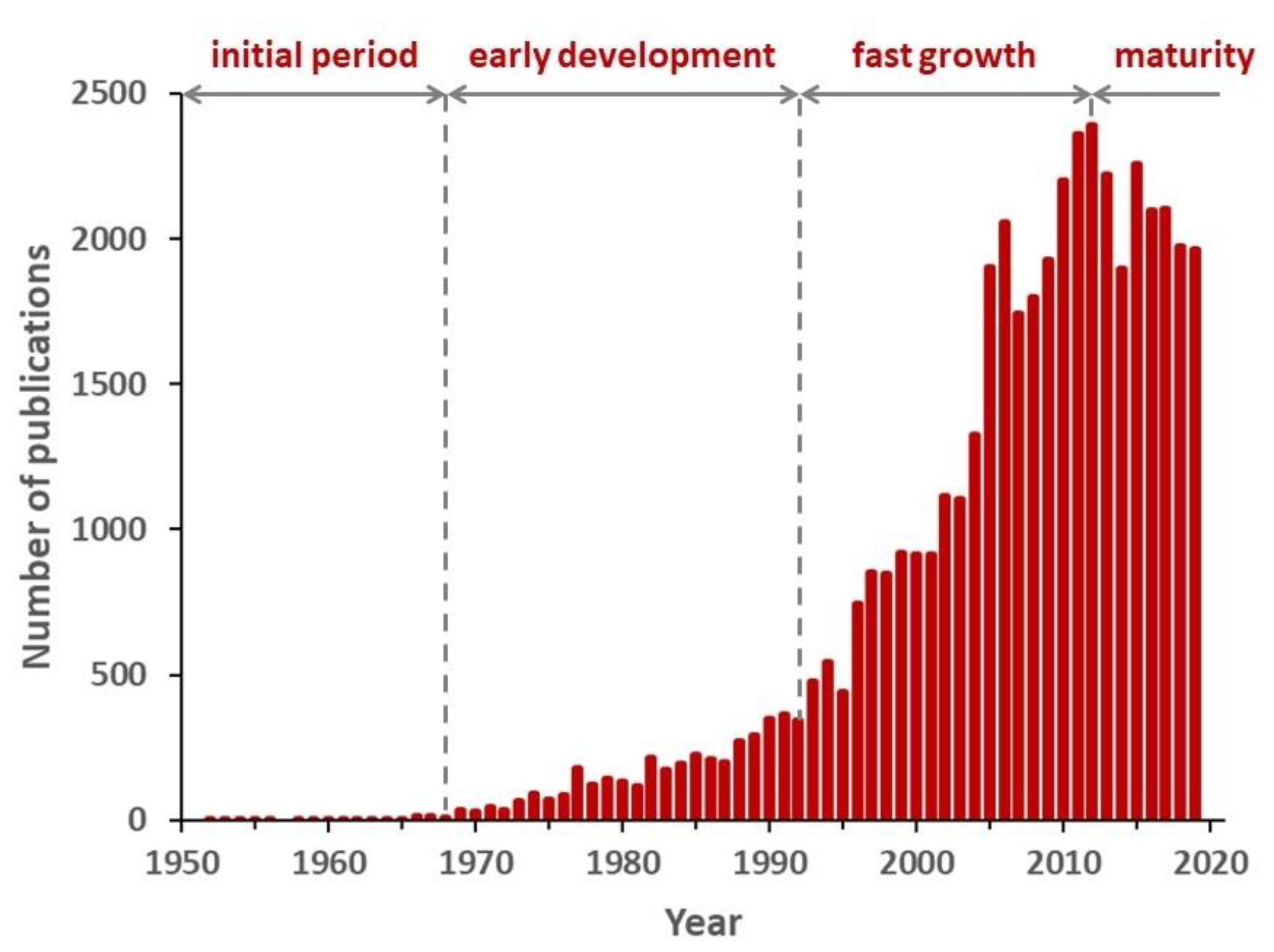

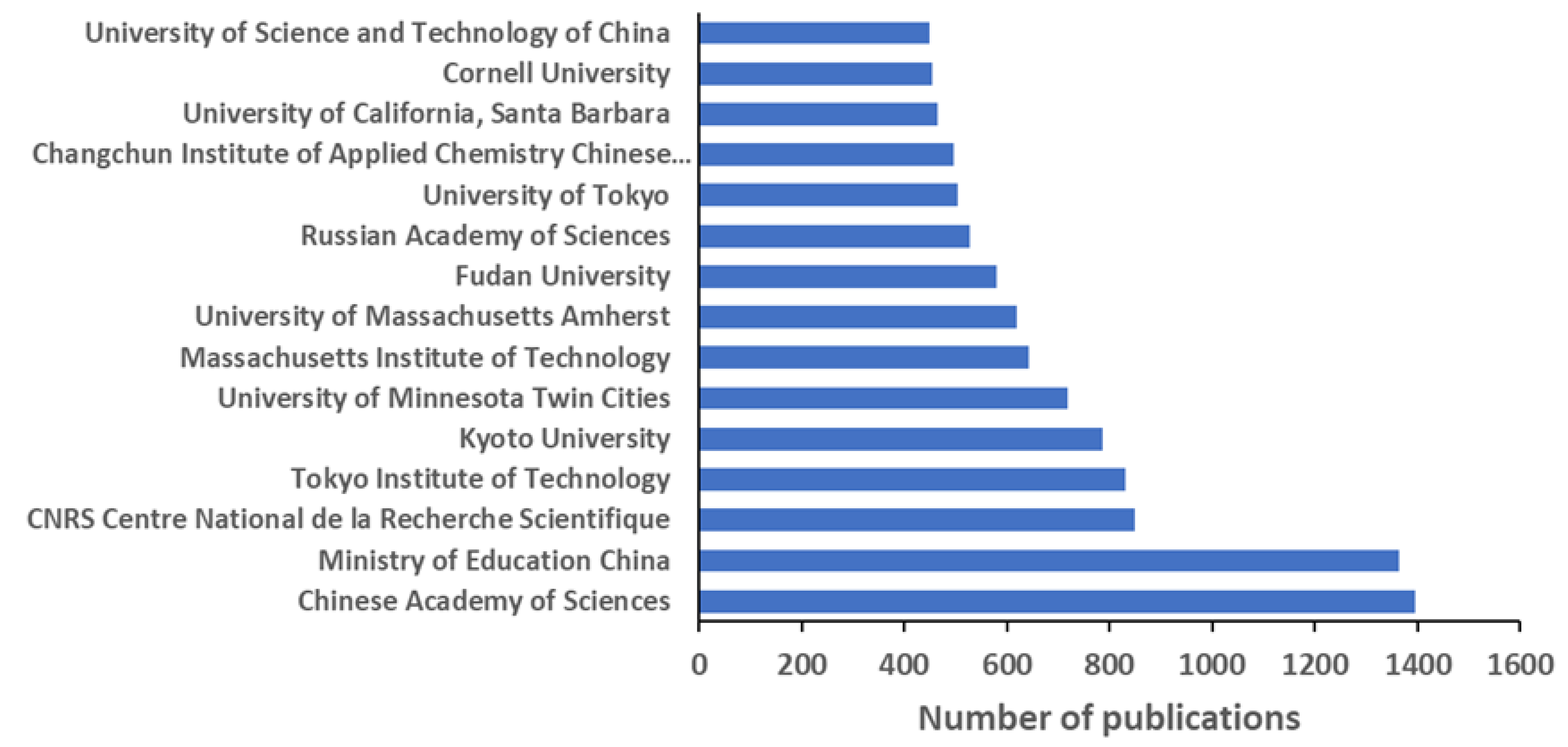
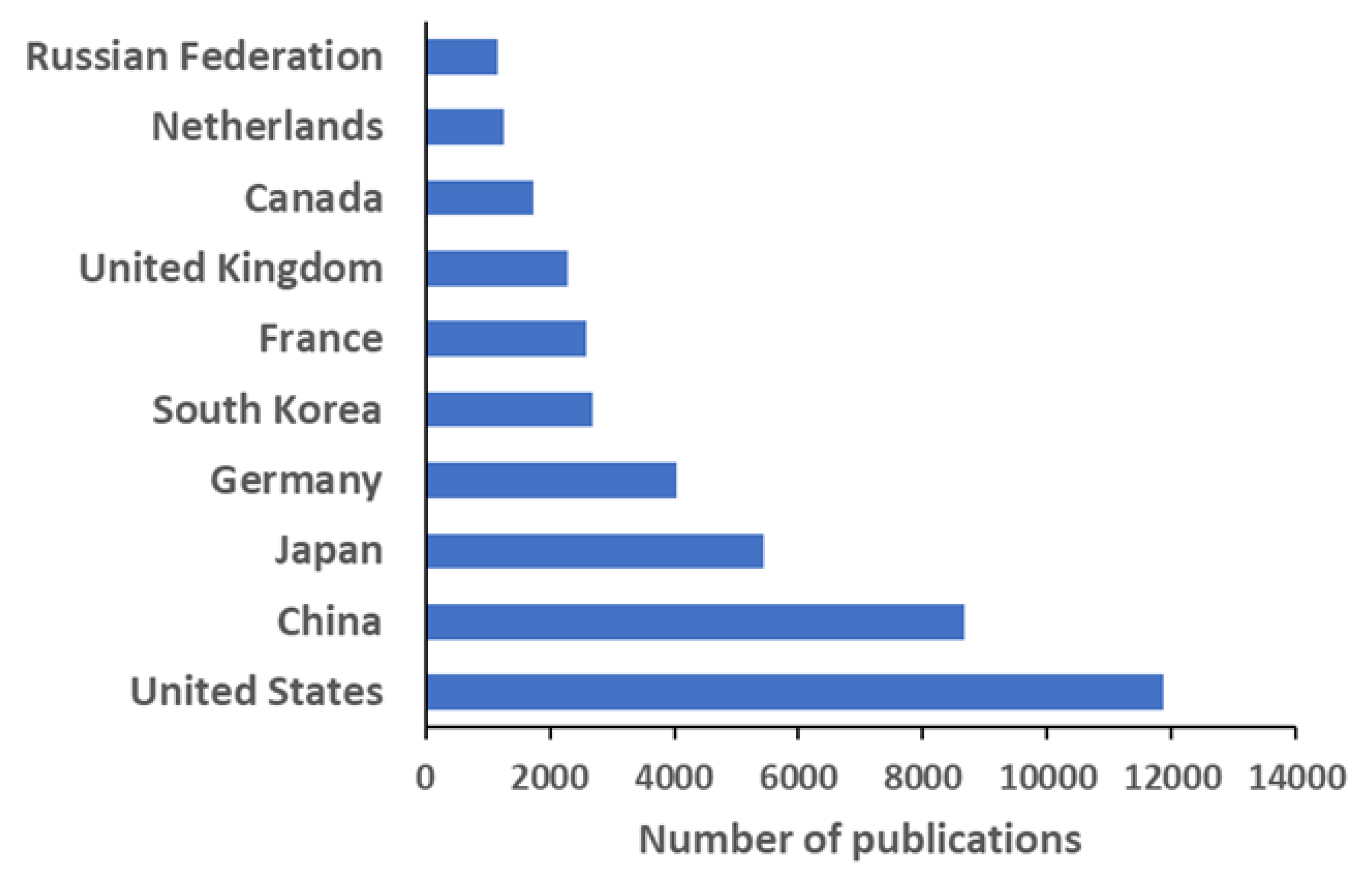
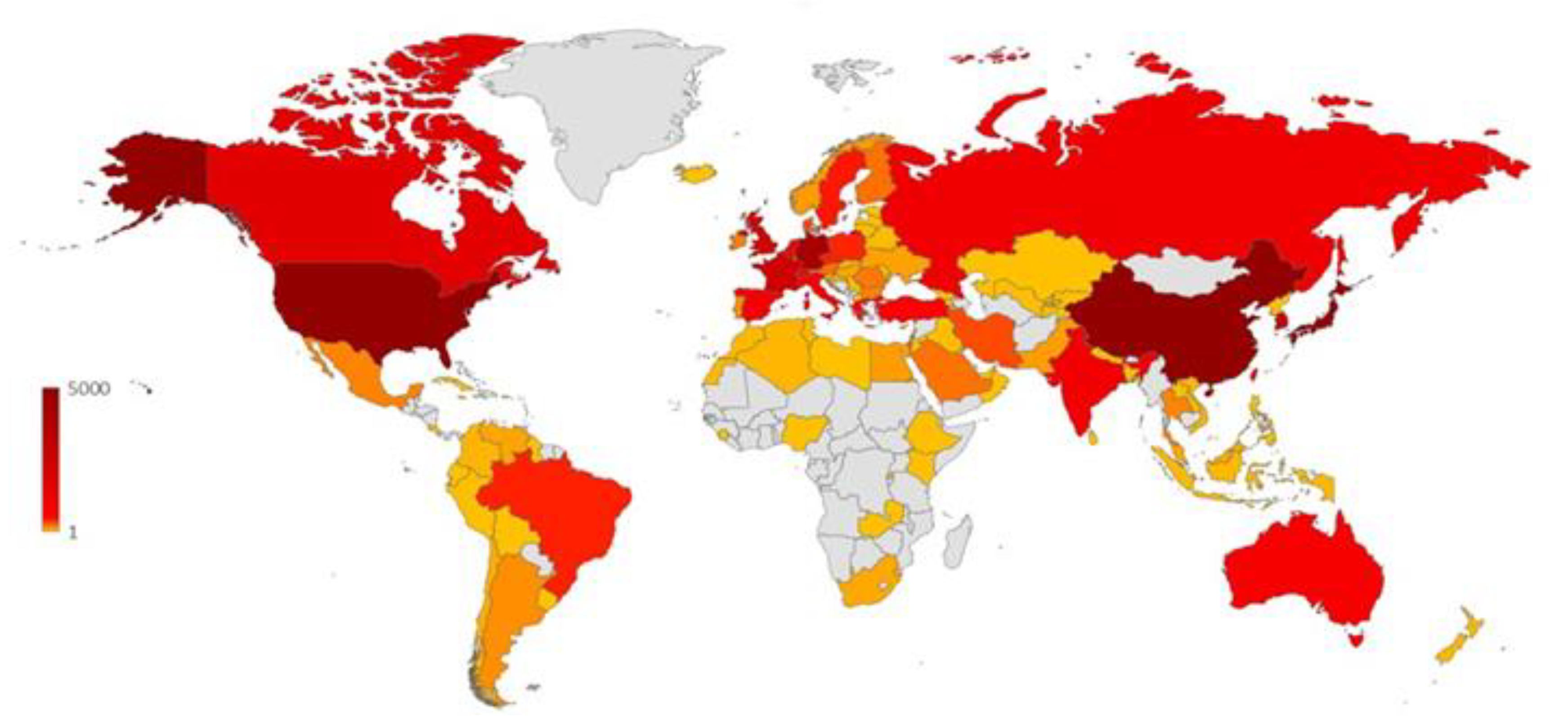
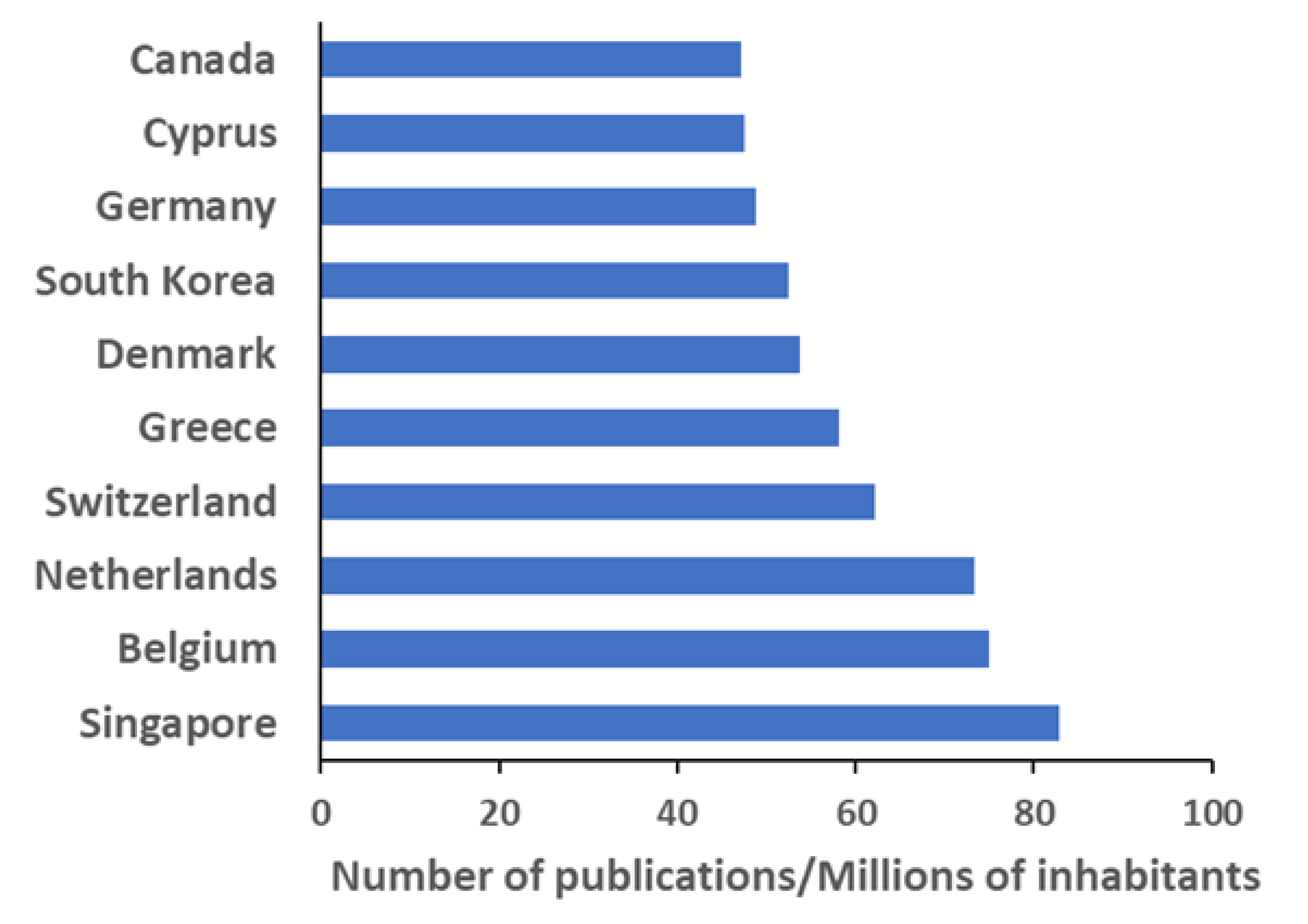
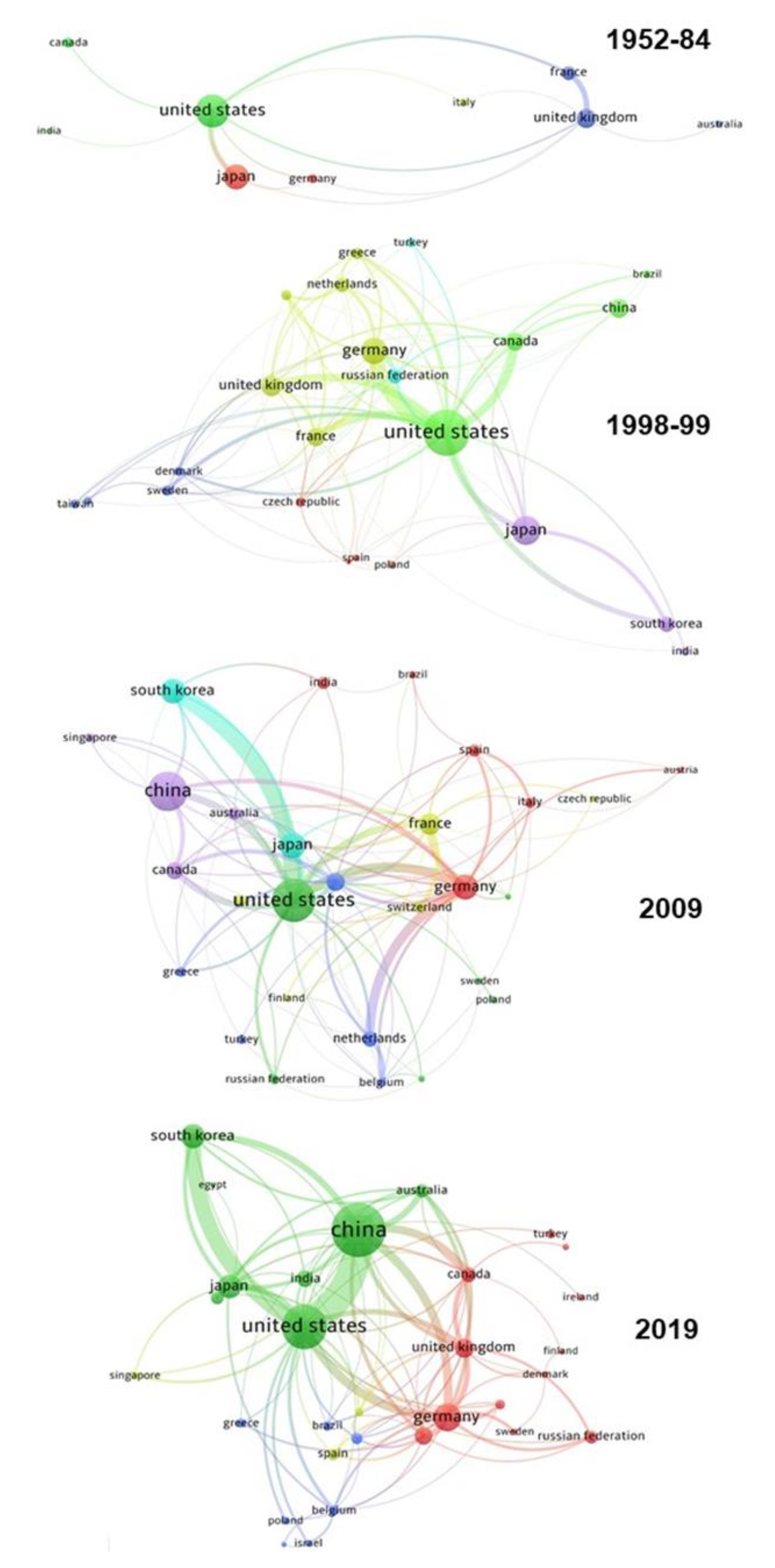
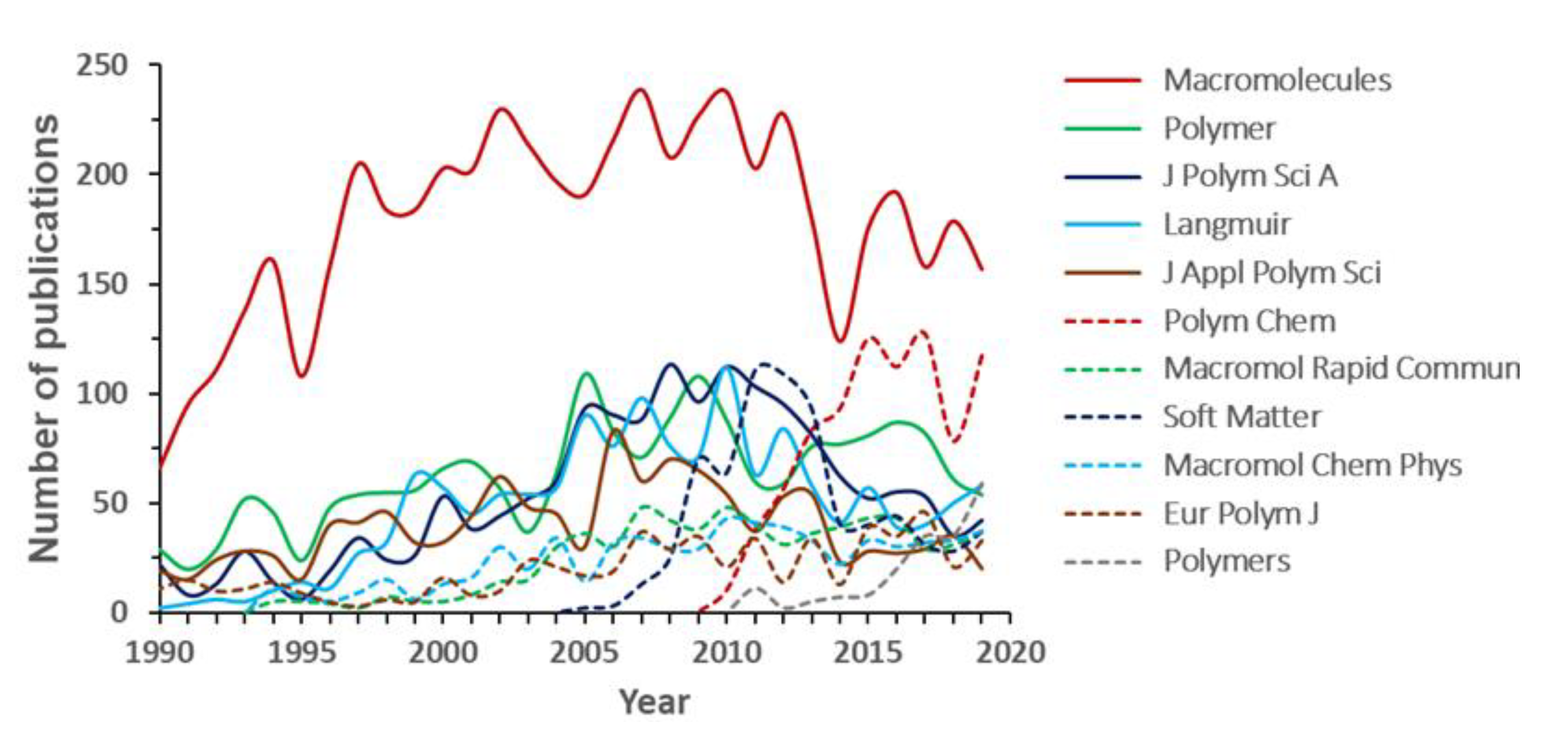
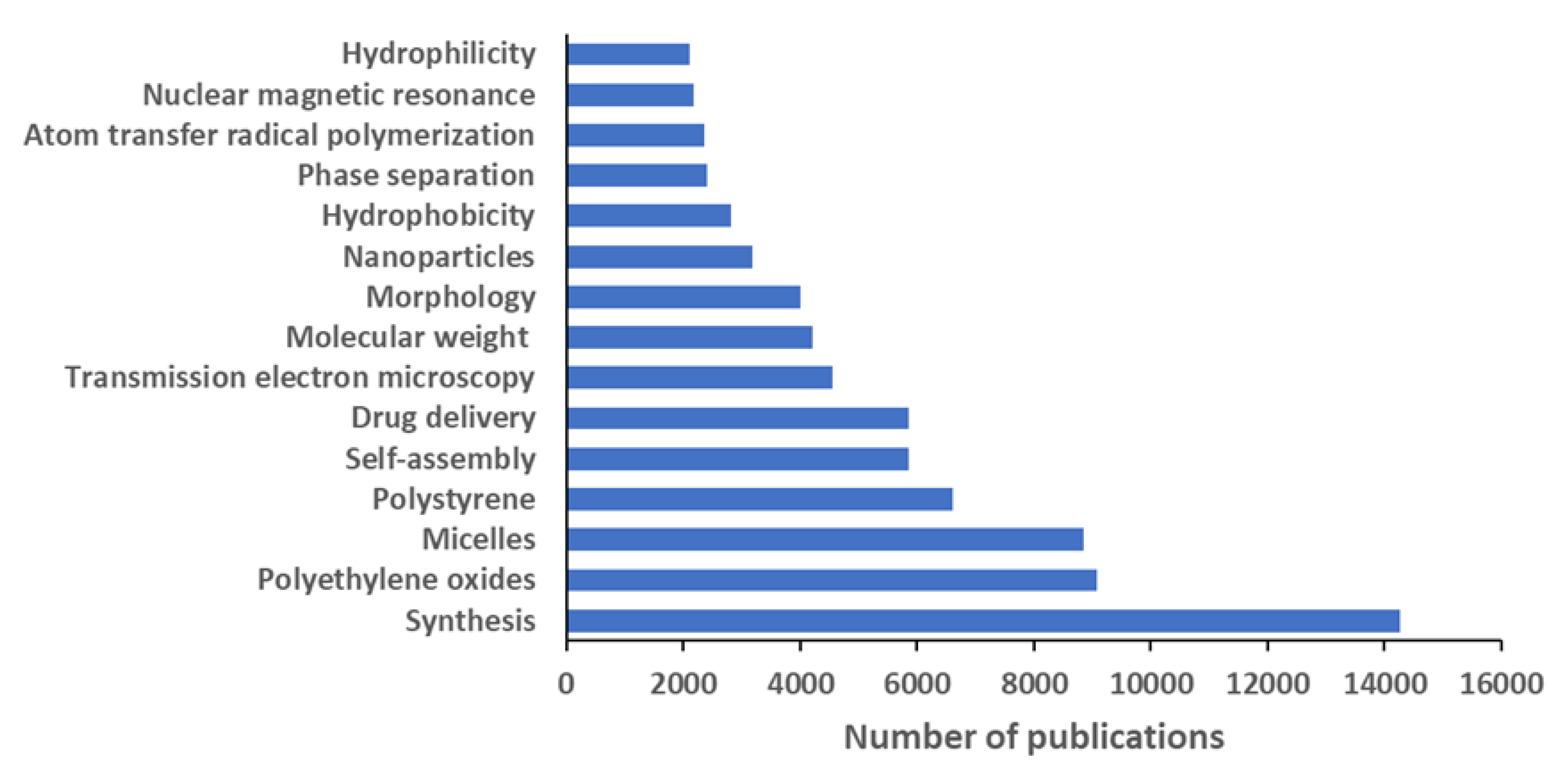
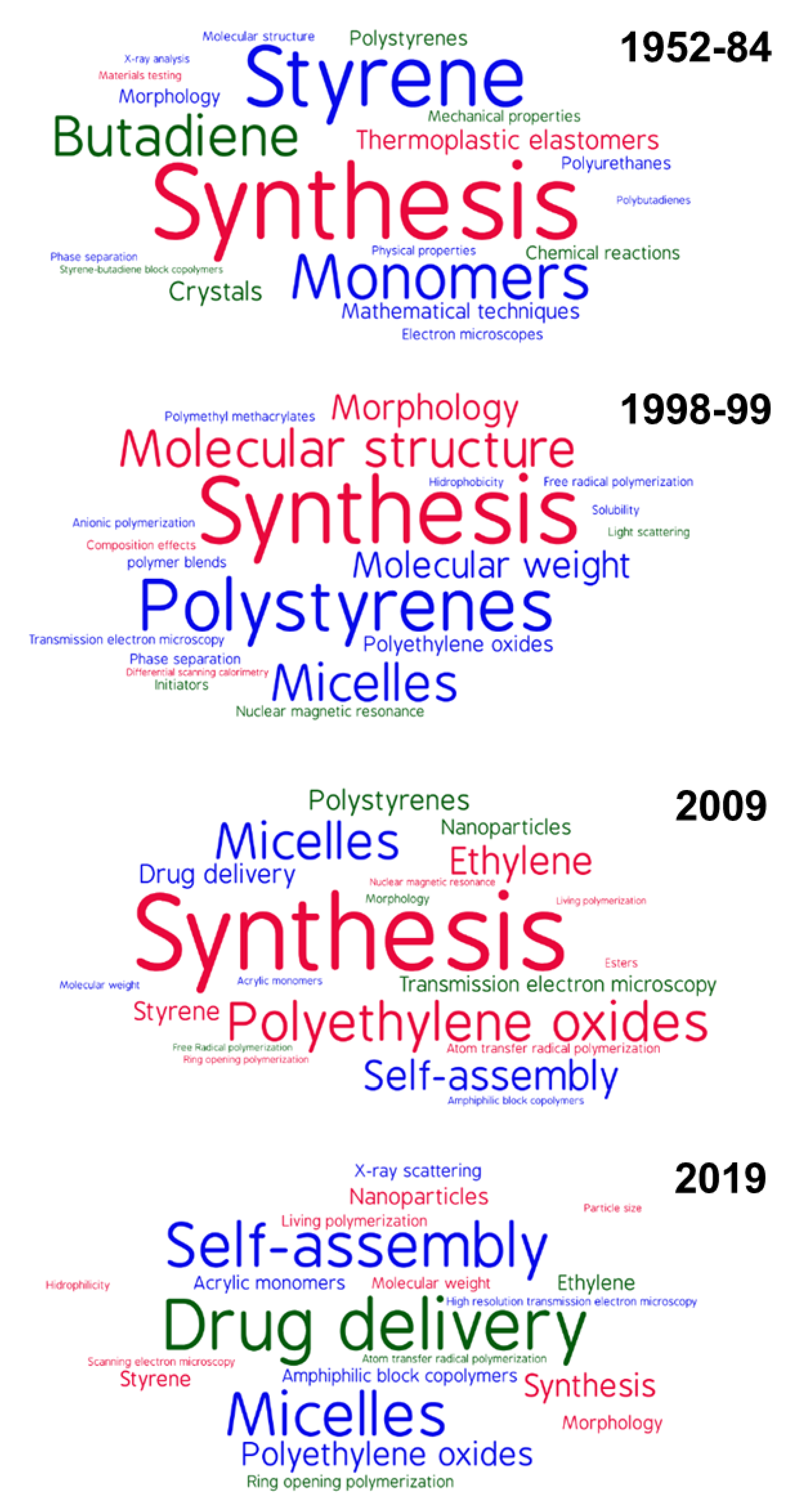
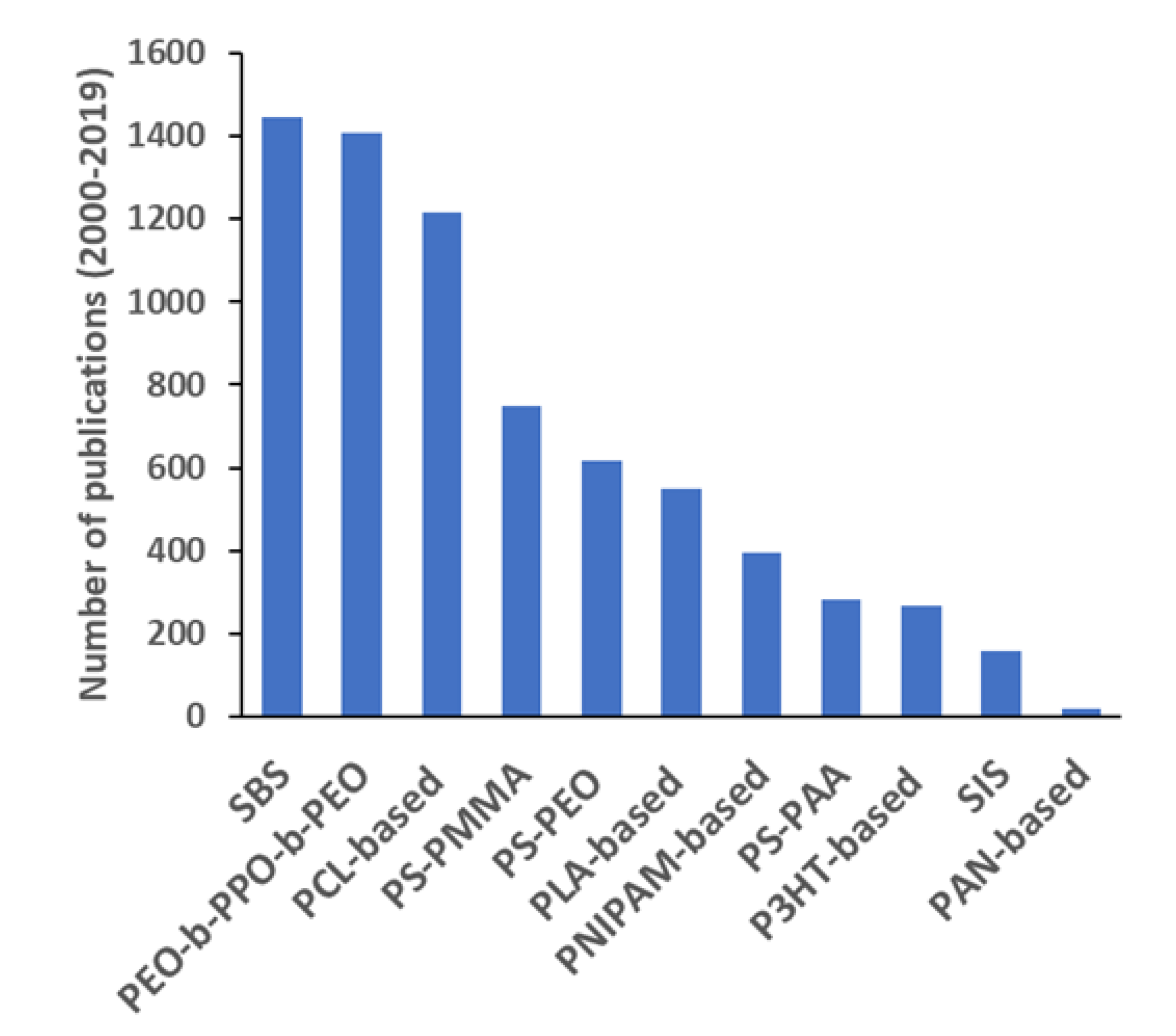

© 2020 by the authors. Licensee MDPI, Basel, Switzerland. This article is an open access article distributed under the terms and conditions of the Creative Commons Attribution (CC BY) license (http://creativecommons.org/licenses/by/4.0/).
Share and Cite
Lazzari, M.; Torneiro, M. A Global View on Block Copolymers. Polymers 2020, 12, 869. https://doi.org/10.3390/polym12040869
Lazzari M, Torneiro M. A Global View on Block Copolymers. Polymers. 2020; 12(4):869. https://doi.org/10.3390/polym12040869
Chicago/Turabian StyleLazzari, Massimo, and Mercedes Torneiro. 2020. "A Global View on Block Copolymers" Polymers 12, no. 4: 869. https://doi.org/10.3390/polym12040869
APA StyleLazzari, M., & Torneiro, M. (2020). A Global View on Block Copolymers. Polymers, 12(4), 869. https://doi.org/10.3390/polym12040869





